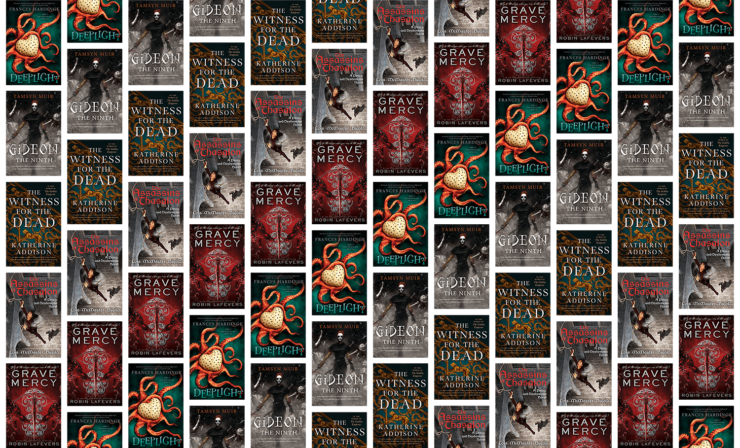In my previous novels Sorcery of Thorns and An Enchantment of Ravens, I shied away from addressing religion in the worldbuilding. I felt that if I did choose to explore faith in a fantasy setting, I would prefer to do so thoughtfully, as a centerpiece of the world—and in a way that allowed me to work the setting’s magic system into the religious hierarchy. I finally had the chance to do this with Vespertine, a book I like to pitch (thankfully not to my publisher’s total horror) as “medieval Venom starring a nun and a ghost.”
Vespertine is about a young woman training to be a nun who awakens an ancient undead spirit bound to a saint’s relic, and wields its staggering destructive power to battle the Dead. Here are five of my favorite books featuring fantasy clergy that inspired me while writing it, their premises combining religion, magic, and death.
Deeplight by Frances Hardinge
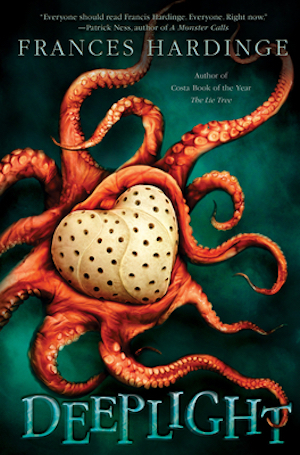
Frances Hardinge is one of my favorite YA authors, whose wonderfully weird, inventive worlds are unlike anything I’ve ever read before. Her most recent novel, Deeplight, takes place among a group of islands called the Myriad, whose surrounding seas were not long ago ruled by the violent and unpredictable gods of the Undersea. Gods like the Glass Cardinal, who resembled a giant man-of-war jellyfish, and emitted terrible screams to harden its skin as it pursued ships across the ocean. Or the Swallower—also known as Devour-All, Father Gullet, Custodian of the Great Purse—a ravenous, gulper eel-like monster whose “great belly was supple as black silk.” Once, these gods were worshipped out of terror; now, many years after they suddenly went into an unexplained frenzy and tore each other to pieces, divers scavenge their colossal bodies for parts. The protagonist, Hark, lands a job in a monastery tending to the troubled monks of the Hidden Lady, who both fear and yearn for the song of their dead goddess.
The Witness for the Dead by Katherine Addison
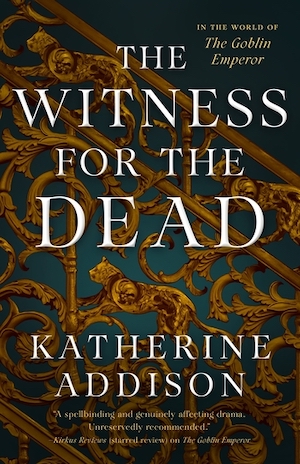
The Witness for the Dead is a companion to one of my all time favorite novels, The Goblin Emperor. It follows Thara Celehar, a compelling and mysterious side character from the first book. As a Priest of Ulis, his discipline allows him to re-live the final moments of the recently deceased, a gift (or sometimes curse) that he uses to investigate their deaths. Related to this talent, he can also subdue flesh-devouring ghouls that occasionally crawl forth from neglected graves. Addison weaves religion and fantasy together into a living, breathing world of immense yet subtle complexity, and depicts Celehar’s dedication to his faith—and its corresponding burdens—with quiet, poignant grace. Despite being elves and goblins, her characters feel more human than most humans.
Penric and Desdemona series by Lois McMaster Bujold
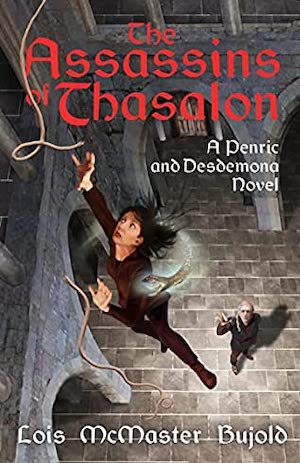
The Penric and Desdemona series takes place in the same world as Bujold’s older, much beloved novels Curse of Chalion and Paladin of Souls. Beginning with Penric’s Demon, these novellas (and one full-length novel), explore the trials of Learned Penric, a sorcerer-priest of the Bastard—god of orphans, bastards, outcasts, and “all things out of season”—whose power originates from the chaos demon inhabiting his body. The demon is herself a fascinating character, her personality a composite of her twelve previous, now-deceased hosts. Bujold has a knack for writing fantasy that is firmly grounded in authentic-feeling religion and politics, and the Quintarian faith is a standout among fictional religions. I can’t wait to catch up with the most recent installment, The Assassins of Thasalon, which just came out this May.
Gideon the Ninth by Tamsyn Muir
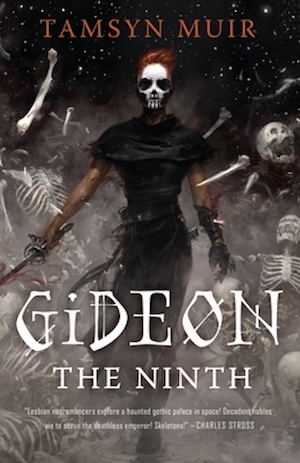
Ah, Gideon the Ninth. Everyone already knows about it, yet I couldn’t create this list without including it—not only because I chose a weirdly niche topic, but also because it’s brilliant and I’ll never be able to stop talking about it. Gideon the Ninth has everything: goth nuns, space necromancy, buff lesbians wielding big swords, and skeletons (so many skeletons). This book is a wild ride from start to finish, with an increasing number of devastating twists whose intensity I could only describe to a friend as a game of literary Russian Roulette happening to my brain. Wonderfully enough, the third book’s title, Nona the Ninth, was revealed just recently—and there’s a fourth installment in the works.
Grave Mercy by Robin LaFevers
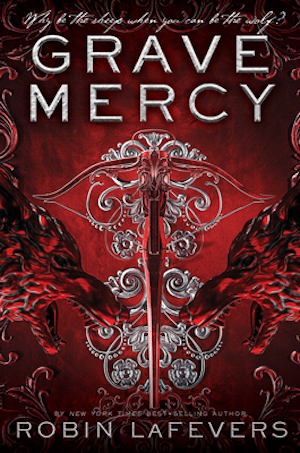
Lastly, it would be remiss of me not to include the ultimate YA death nun series, Grave Mercy by Robin LaFevers. In this world, an alternate medieval Brittany, young women who demonstrate supernatural talents for killing are brought to the convent of St. Mortain to be raised as assassins. There they devote their lives to Saint Mortain—really an old god recast as a saint by Christianity—and prepare to infiltrate Brittany’s court as spies to carry out Saint Mortain’s will behind the scenes. Each book follows a different initiate whose stories intertwine into a larger tapestry. LaFevers masterfully combines a well-researched historical setting, grounded in rich detail, with subtle magical elements that almost feel as though they could be real.
Buy the Book
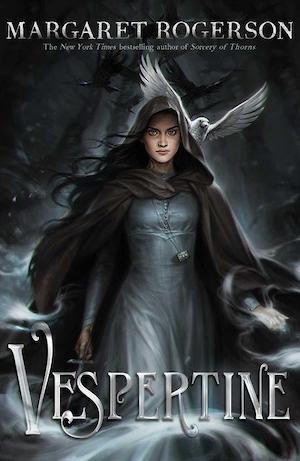

Vespertine
Margaret Rogerson is the author of the New York Times bestsellers An Enchantment of Ravens and Sorcery of Thorns. She has a bachelor’s degree in cultural anthropology from Miami University. When not reading or writing she enjoys sketching, gaming, making pudding, and watching more documentaries than is socially acceptable (according to some). She lives near Cincinnati, Ohio, beside a garden full of hummingbirds and roses.










